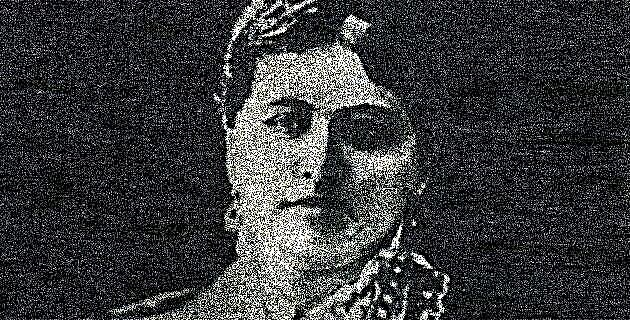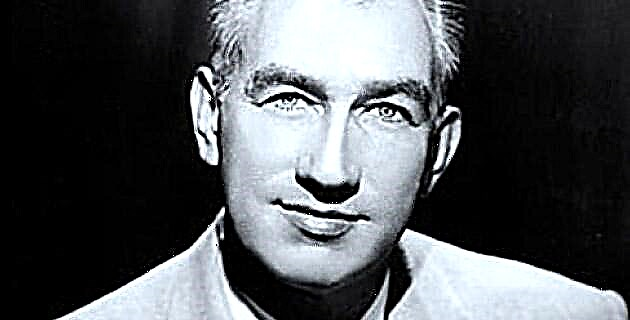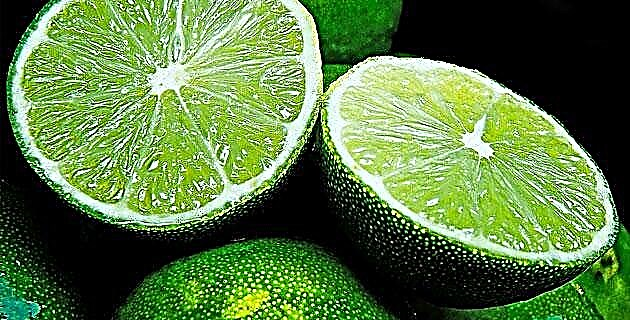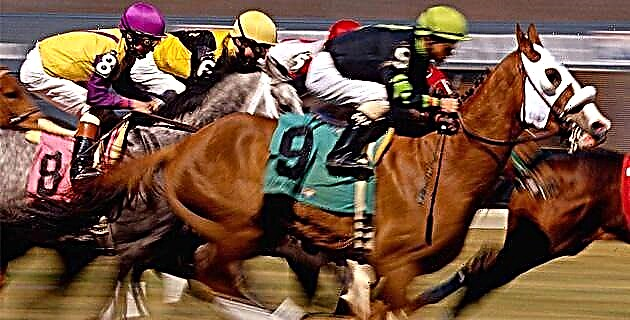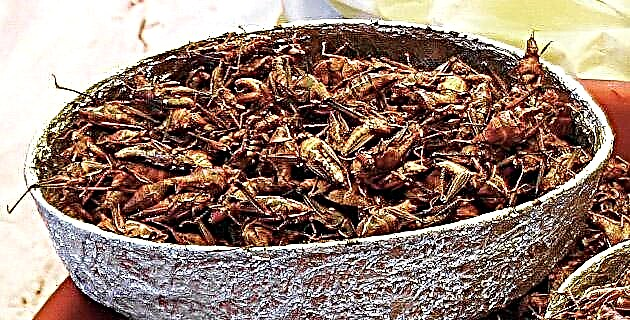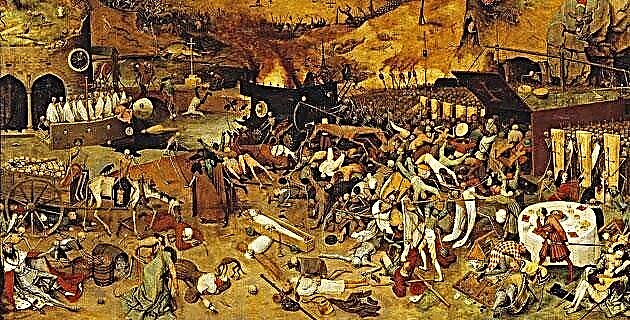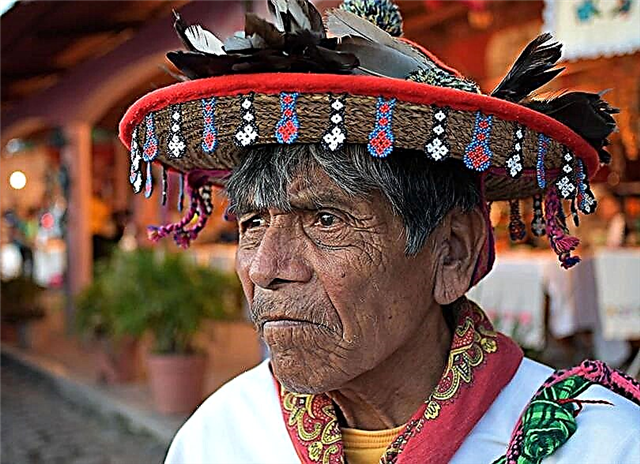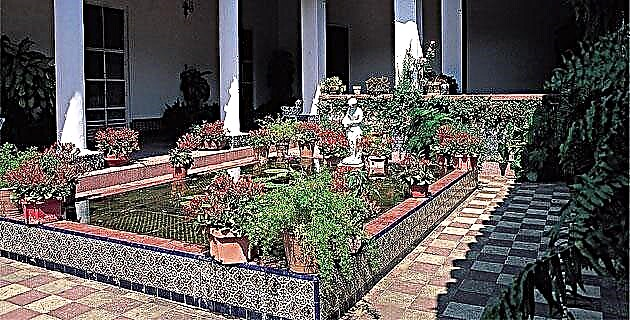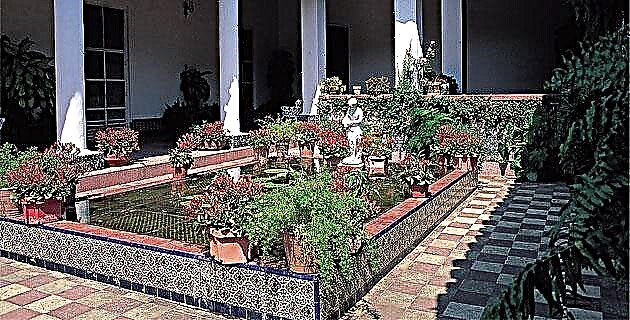
It is surprising that the Hacienda de La Luz still conserves an artisan and simple way of making the exquisite Tabasco own chocolate.
Just five kilometers from the archaeological zone of Comalcalco, in the beautiful state of Tabasco, we find a cocoa farm located on Ingeniero Leandro Rovirosa Wade Boulevard, formerly known as Barranco Occidental, and which is currently part of the city center. This property is called Hacienda La Luz, but among the inhabitants of Comalcalco it is better known as Hacienda Wolter, in memory of Dr. Otto Wolter Hayer, a German immigrant who acquired it in the early 1930s and turned it into one of the first estates to They industrialized cacao to make chocolate from the famous region of La Chontalpa in Tabasco. The name of La Luz was given by Mr. Ramón Torres, from whom Dr. Wolter acquired these lands.
The hacienda covers some 50 hectares located in the heart of the city, just two blocks from the Central Park, which makes it very accessible to visitors. Upon reaching it, we are greeted by a beautiful garden with a huge variety of tropical plants, both floral and fruit trees, some typical of the region and others exotic, the observation of which constitutes the first part of the tour. During this we get to know a great diversity of heliconia, gingers and tropical plants; some typical fruit trees such as jague, caimito, tepejilote, tamarind, chestnut, cashew and mango, as well as very interesting plants for their uses, such as vanilla, cinnamon, rubber and gourd, and other fruit trees exotic as yabuticaba and pitanga. This part of the route is worth visiting during spring, when the garden is in full bloom and fruit.
The second part of the visit is a direct encounter with one of the oldest crops in Mexico and most appreciated worldwide: cocoa. We go into the plantation of this fruit to learn about its history, harvest periods, cultivation procedures, care and use, and the most anticipated part, the process to manufacture, from this tasty fruit, the quintessential candy: chocolate . To do this, we walked to a winery that dates back to the beginnings of this home-made factory, founded by Dr. Wolter in 1958, in which we found a huge mahogany wood container approximately 10 meters long, which they call “toya”, and which is used, as they explain, to ferment green cocoa beans.
Then there are the places where the fermented cocoa is washed and then the dryer, to later carry out the roasting and dehulling processes of the dried beans. It is worth mentioning that these last two steps are carried out on old machines made by hand by Dr. Wolter himself. After tasting the roasted cocoa, whose taste is of a very peculiar bitter, we move on to the next part of the chocolate manufacturing process, in which we observe the grinding of the roasted beans and the refining of the paste for its subsequent integration with the other ingredients (sugar and cinnamon), in what is called the "conchado", where we can taste the delicious chocolate paste before it is packed in its molds and taken to a refrigeration chamber. This whole process is extremely interesting because it is a traditional style of making Tabasco's own chocolate.
Then we move to the interiors of the large house of the hacienda, where they show us the rooms, the main bedroom and the wide interior corridors that still preserve the unmistakable character of the old residences of the region, built with brick and lime, without rods, and with clay tiles made by hand in their own weavings. In one of the rooms there is a collection of old photographs where we find very interesting data about the life and customs of the city of Comalcalco, highlighting some of important characters, such as that of President Adolfo López Mateos at a meal offered at the hacienda during his tour as a candidate for the presidency of our country; We also see various constructions in the city, such as the church, the central park, the public market, bridges and schools made by Dr. Otto Wolter himself, who in addition to being a doctor by profession was a renowned builder.
Finally, there are several antique furniture and instruments to admire in the house, such as trunks, irons, sewing machines, presses, typewriters and wardrobes, which appear as we pass in the last part of the tour.
Thus, when we say goodbye to the Hacienda de La Luz, we take away the pleasant feeling of having known one of the most relevant crops of Mexican culture since ancient times, in a natural environment, surrounded by flowers, fruits and a history that still make more interesting the visit to this chocolate factory.
IF YOU GO TO COMALCALCO
Leaving Villahermosa towards the north, through the Tierra Colorada area towards the Saloya ranchería, a place characterized by its seafood restaurants and where you can also enjoy the famous Tabasco pejelagarto. It continues towards Nacajuca; located 20 km from the capital, this is one of the municipalities with the greatest artisan tradition in the state, where the workshops of carved gourds and musical instruments for the typical drummers groups of the region are located. At 10 km from Nacajuca we find the neighboring municipality of Jalpa de Méndez, a historical site of the state where the Colonel Gregorio Méndez Magaña Museum is located. Approximately 15 km from Jalpa de Méndez, on the side of the road you can admire the unique church of the town of Cupilco, belonging to the municipality of Comalcalco. This church, decorated in bright colors, is a place of great religious devotion where indigenous elements from the Mayan and Aztec cultures converge. Ten kilometers further on is the city of Comalcalco, within which the most important archaeological zone of Tabasco and the westernmost in the Mayan world is located.

